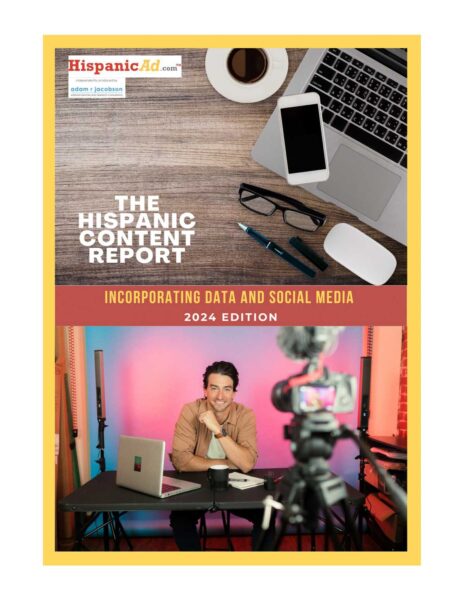Audience Maximizes Online News Usage with Rich Media & Streaming Video.
December 16, 2002
Use of the Internet as a news source is approaching, and in some cases surpassing the use of traditional media, according to a recent study conducted for MSNBC.com by Market Facts Inc.
During the day, more working adults turn to online news than traditional offline news such as television to access breaking news. 35% of study respondents used the Internet for news and information, followed by newspapers (25%), magazines (21%), radio (17%), broadcast television (6%) and cable television (3%).
Additionally, the survey concludes that broadband users are more likely than dial-up users to use streaming audio, video and rich media to optimize coverage of breaking news and live events.
“The at-work audience increasingly depends heavily on the Internet for breaking news and information compared to traditional media,” said Scott Moore, General Manager of News and Information for the MSN Network. “Broadband users, especially in the workplace, are taking full advantage of the interactive content offerings by using live and on-demand video and packages specifically developed for high-speed connections. The at-work audience is particularly appealing to online advertisers that are trying to reach this demographic.”
The Internet is the preferred medium for national news with 37% interviewed using the Internet for this purpose compared to cable (25%) and broadcast (18%).
According to the survey, broadband users watch streaming video 5.1 times per month, versus 1.5 times per month for dial-up connections. 41% of broadband users have watched streaming video on demand and from this group 59% have watched live streaming video.
The majority of the users surveyed utilize online news services to seek personally relevant information, such as weather, stock quotes and local news. The three news topics of most importance to the Internet news audience are local news, national news and world news.
The MSNBC/Market Facts study collected data via telephone coincidental interviews with a random sample of 351 online news users during October 2-14 2002. All participants were screened for regular Internet usage (within the last two weeks) and at least a minimum consumption of news in some form (use of any news media within last two weeks).




























